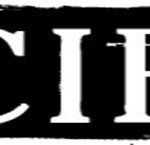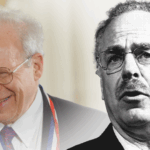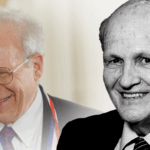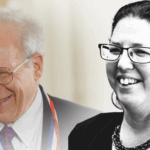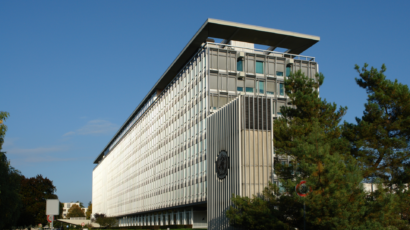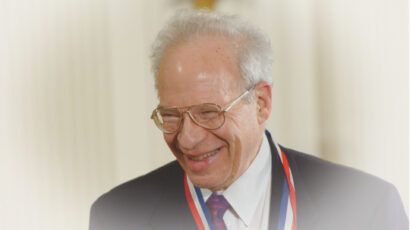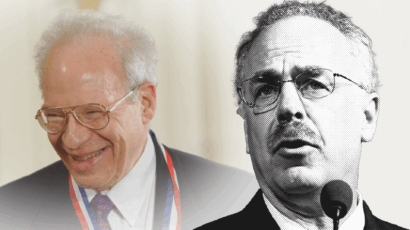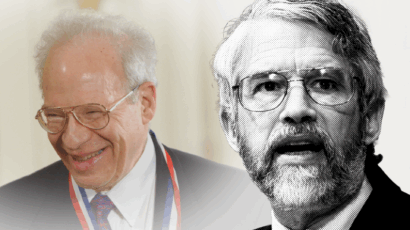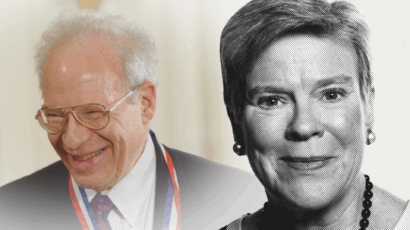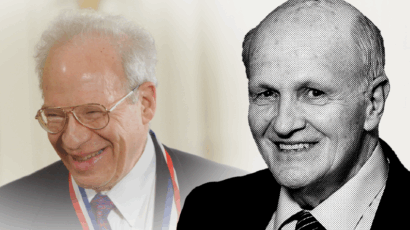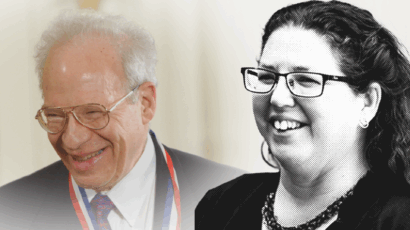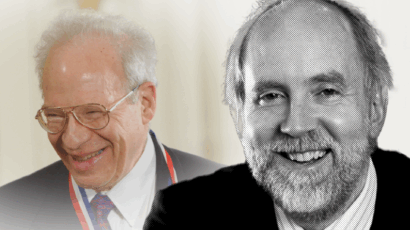In reversal, Navy to survey Treasure Island residences for radiation
By The Center for Investigative Reporting, Katharine Mieszkowski, Matt Smith | March 24, 2014
SAN FRANCISCO—After years of delay, the U.S. Navy plans to survey all occupied residences on Treasure Island for radioactive contamination.
The Navy announced the reversal today in response to residents’ concerns and a recent radiological finding on the island in a residential area. That contamination was detected through the ground floor of an unoccupied housing unit last fall, according to Lee Saunders, a Navy spokesman.
The Navy still has not dug up the radioactive source to determine what and how dangerous it is, but the building’s foundation is scheduled to be demolished this summer.
Island residents have been clamoring for years for a more thorough investigation of their housing as “hot” objects have continued to be discovered in and near occupied areas.
The persistent contamination is a legacy of the Navy’s secrecy about and mishandling of its nuclear past, which The Center for Investigative Reporting has exposed in a series of stories over the past two years. Plans call for the island to be turned over to the city, which intends to build a second downtown San Francisco there.
Longtime Treasure Island resident Kathryn Lundgren says she now regrets relying on official assurances that she faced no health threat by renting an apartment at the former base. The new announcement angers her, she said, adding that the Navy owes more of an explanation to residents told for years that they were safe.
In 2008, a radiation specialist working on the cleanup of the island who had detected radiation in an area thought to be clean alerted the California Department of Public Health that residents of the island could be at risk. The department has pushed for more thorough surveying of the island but has been rebuffed.
“I asked a lot of pointed questions, and I didn’t get answers, and these were questions that should have been easily answered,” retired state radiation specialist Victor Anderson said in 2012. Anderson died in early 2013.
In the news release announcing the upcoming residential surveying, the Navy maintained: “There are currently no known public health hazards.”
The Navy hasn’t decided how it will test the buildings for radiation. “Right now, the details of the survey plans are being worked out,” Saunders said.
Robert Beck, director of the Treasure Island Development Authority, said that the work is not expected to delay the transfer of portions of the island for development, beginning later this year. “We don’t have a lot of details yet, but in terms of the proposal, we believe it is a good idea to conduct the surveys,” Beck said.
Last year, state Department of Public Health workers discovered radioactive shards buried in lawns. One metal piece was so radioactive that holding onto it for an hour could cause burns.
The Navy plans to hold a community meeting to discuss the upcoming radiological surveys with residents, but, according to Saunders, the date and time of the meeting have not yet been set.
Editor's note: This story was produced by The Center for Investigative Reporting, a nonprofit, independent newsroom in the Bay Area. For more, visit www.cironline.org. The reporters can be reached at [email protected] and [email protected].
Together, we make the world safer.
The Bulletin elevates expert voices above the noise. But as an independent nonprofit organization, our operations depend on the support of readers like you. Help us continue to deliver quality journalism that holds leaders accountable. Your support of our work at any level is important. In return, we promise our coverage will be understandable, influential, vigilant, solution-oriented, and fair-minded. Together we can make a difference.
Topics: Analysis, Nuclear Weapons, Special Topics
